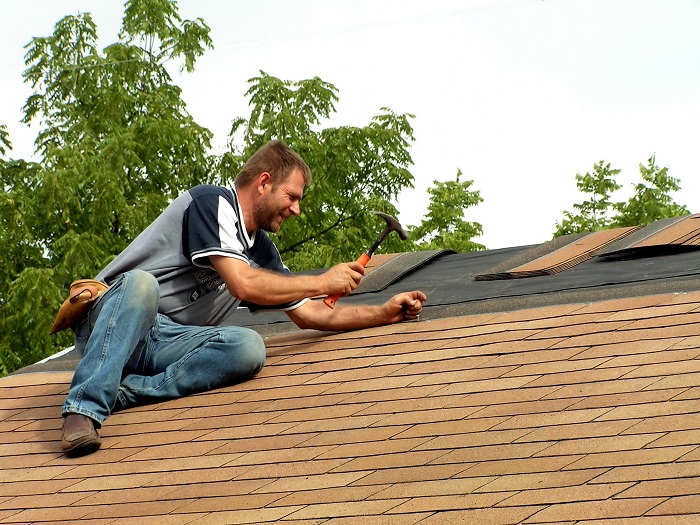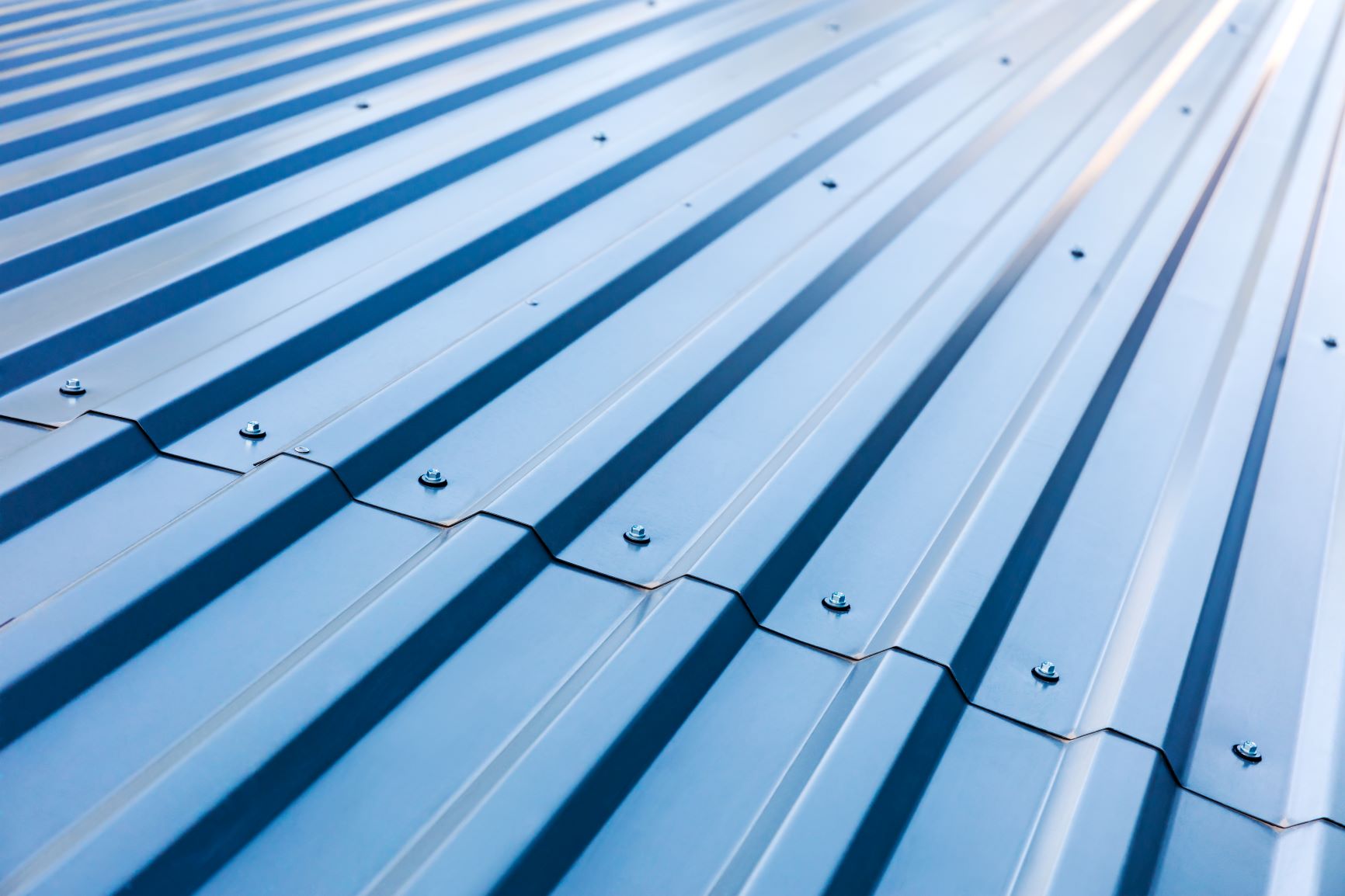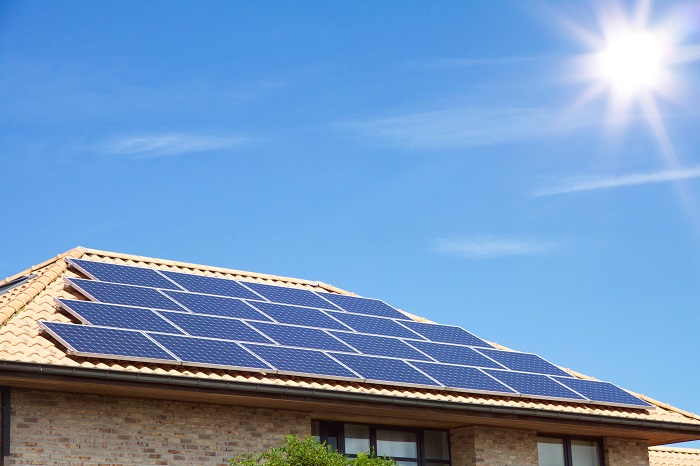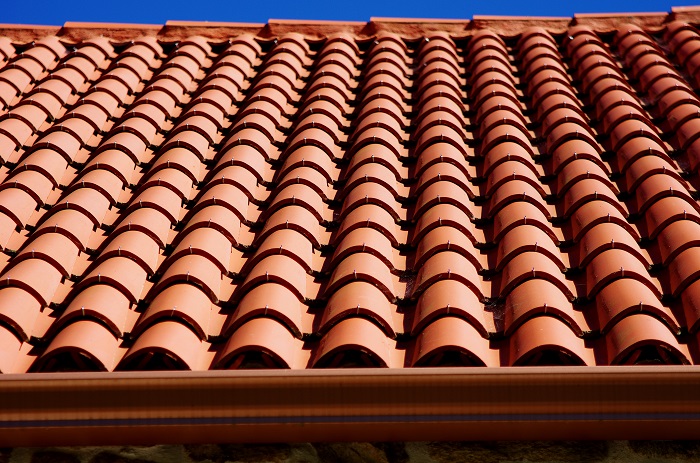Texas Roofs
What Are My Best Options?
Article Courtesy of Cloud Roofing
Weather is rough on Texas roofs. Most people in the state have composition shingles on their house. A composition roof is made of traditional shingles and fiberglass. While these roofs can be very affordable, they also succumb to the Texas climate much quicker. Very often, their shingles are eroded until they become brittle. Also, granules meant to protect the roof will begin to fall off of the shingles.

In fact, the weather can adversely affect shingle life so much, some shingle manufacturers void the shingle warranty. Texas has wickedly hot summers and our Texas roofs need to stand up to the heat. The southern side and western sides of roofs here show more wear than the north and east because of overhanging trees that can cause streaking and fungus that grow on the shingle, causing dew and mold.
Not only does the life of a roof depend on the frame and structure, but also the weather. Snow, hurricanes, and hail can cut the life span of any roof in half. For example, where the weather is humid, a composition shingle roof may turn several shades darker. This may be a clear indicator that the roof needs an algae-resistant layer.
Six Best Materials for Texas Roofs
It’s imperative that you know about your roofing material options. These roofing materials, available in warm climates, take advantage of the constant heat. They reflect sunlight and keep your home cool. Your roofing choice will affect the inside temperature of your home as well as your electricity and air conditioning repair bill.
Metal Roofing

As metal roofing becomes a more popular option for temperature control in Texas, the cost is also decreasing. These days, metal roofs are an inexpensive alternative to tile roofing.
Metal is non-porous, which makes it weatherproof. Its resistance to adverse weather is perfect for unexpected Texas storms and high winds. Whether your metal roof is aluminum or copper, all metal options are extremely durable. Pests will have a hard time penetrating the metal barrier or manipulating it to create entrances to your home.
The metal also reflects tons of sunlight. While it doesn’t reflect as much as white S tiles, the combination of its slow heating and fast cooling properties make it more effective at cooling. Because the reflected light is so diffuse, you must make special considerations for neighbors and drivers. Reflected sunlight from your roof must not interfere with the daily activities of others.
Metal roofs are also noisy during inclement weather. When the occasional rain or hail storm hits Texas, you’ll definitely be able to hear what’s going on outside. You can further insulate your home to protect yourself from loud sounds. This is our preferred option for Texas roofs.
INFOGRAPH - 7 Common Metal Roof Problems of Which to be Aware
S Tiles
S tiles are similar in shape to the more widely used terra cotta tiles. They create a wave pattern on your roof that lets air circulate among the tiles.
The main advantage of S tiles is that they can be made of many different materials. These tiles are also generally dyed or painted white. Concrete S tiles colored white reflect enormous amounts of sunlight. Coupled with circulation, the cooling power of S tiles barely come second to metal roofs. Still, they can push away nearly 75% of the sun’s rays.
Solar Panels

Solar panels are large and powerful enough that they negate the need to worry about your shingle choice for Texas roofs. An effective solar power system will collect sunlight from the majority of your roof. While collecting the natural energy of the sun, they protect the roofing underneath your panels. Their protection preserves the integrity of your roof for longer and provides you with cost-free energy to help cool your house.
Solar panels are becoming thinner as technology advances. Their impact on your home’s aesthetic is likely to diminish. You can also forego panels for solar shingles. While more expensive and less effective, they preserve the look of your roof more than large solar panels.
Concrete Roof Tiles
Concrete roofing has been used as an affordable home covering all over the world. Though its weight makes its difficult to transport and a challenge to maintain, it's qualities as a roofing material really allow it to shine. It is baked to hardness, providing protection against Texas wildfires. It's also weatherproof and requires little maintenance.
It can be dyed or painted because of its porous surface, allowing for better reflective capabilities. Concrete's best trait is its resistance to heat. It takes a long time to heat a concrete roof and only a short time to cool it. Warm Texas nights will help regulate your home's daytime temperature through your concrete roof.
Clay and Terra Cotta Roofing

Like concrete roof tiles, terra cotta and clay tiles are baked to provide their characteristic rigidity. Like S tiles, their shape allows for circulation underneath the tiles.
The natural colors of clay and terra cotta are effective sun shields. The tiles have been used traditionally in Mexico and south Texas for a long time to create cool interiors without the need for air conditioning.
Slate Tiles
Roof tiles made of slate have also been used throughout history. Their aesthetic is that of a period long ago. They come in a range of colors as well.
Earth-toned slate tile helps reflect sunlight in warm weather areas like Texas. Slate is unusually durable and gets stronger and more attractive as it gets worn. Slate will chip at the edges until it forms a hearty base that can’t be shaken by harsh weather.
Because of its overarching roofing qualities and relative rarity, slate can be expensive. It’s a material made for multiple climates and all kinds of damaging elements. The investment in slate guarantees Texas roofs that will stand the test of time.




